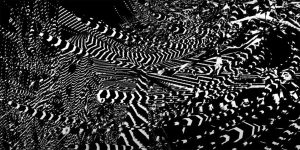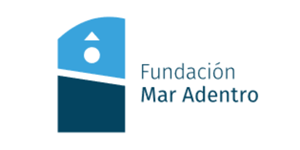How can we perceive what is not visually tangible in the natural world? An araucaria tree, floating over a vast black space generated by a series of x y z coordinates created by a LiDAR scanner – which uses light and its reflection to reconstruct detailed 3D images destined to revolutionize the way we measure and understand changes in tree structure and forest ecosystems – is the guiding force of the intangible behind Polygonal Forest. Conceived as a virtual encounter within a temperate forest, this platform aims to explore its numerous aural, visual, biological, historical, cultural and conceptual dimensions in order to reflect on our role with relation to these ecosystems: not as external bodies, but as integral components of the rich interrelations that coexist in these natural spaces. Upon entering, visitors will be faced with four paths: an audiovisual exhibition flowing through the different forest layers, a series of educational exercises that invite us to connect with our bodily perceptions and emotions, virtual cross-cultural exchanges on art and ecology, and a varied array of digital works submitted by young creators across Chile.
Video
Credits
Presented by: Fundación Mar Adentro
Curator: Maya Errázuriz
Coordinator: Juan Pablo Vergara
Web design: Sebastián Rodríguez
Web development: Diego Alarcón
Collaborators:
University of Bristol, Arts and Humanities Research Council
CCC – Centro de Cine y Creación
Galería patricia Ready
Geocom
IF Blanco Recoleta
Green Art Lab Alliance
This project is a cooperation between the Ministerio de las Culturas, las Artes y el Patrimonio, the Ministerio de Relaciones Exteriores | Gobierno de Chile and Ars Electronica.
General acknowledgements: Madeline Hurtado, Ángela Pabón, Ignacio Concha, Felipe Guarda, Álvaro Escobar, Diego Olivos.











